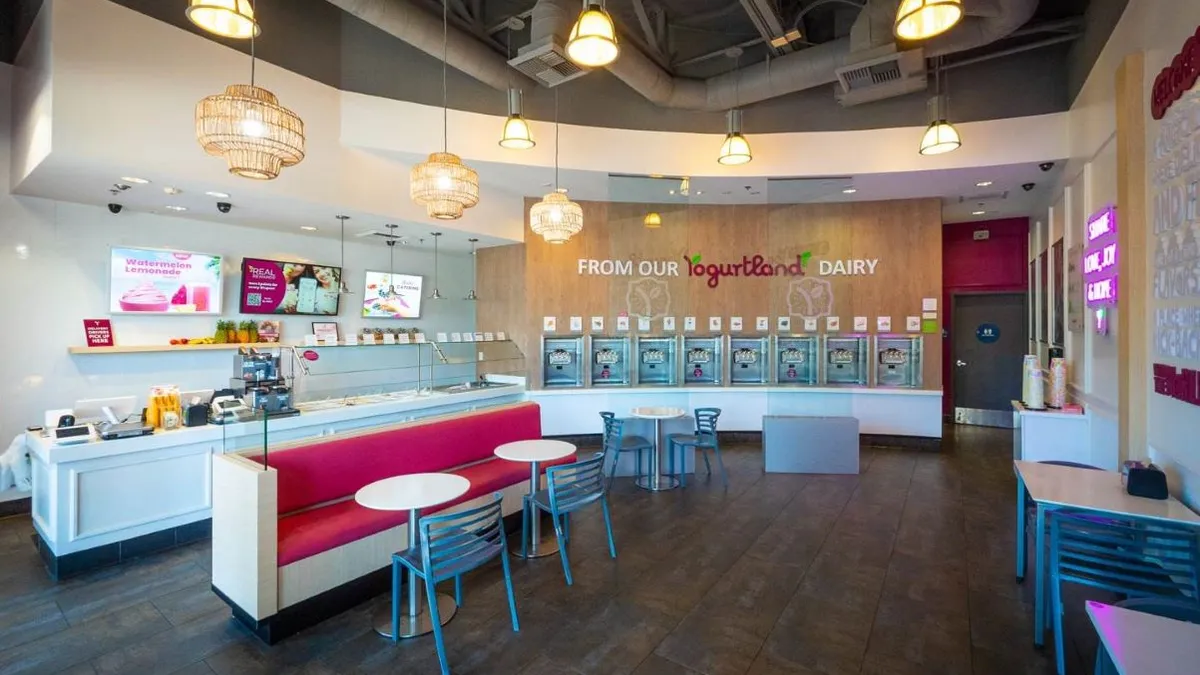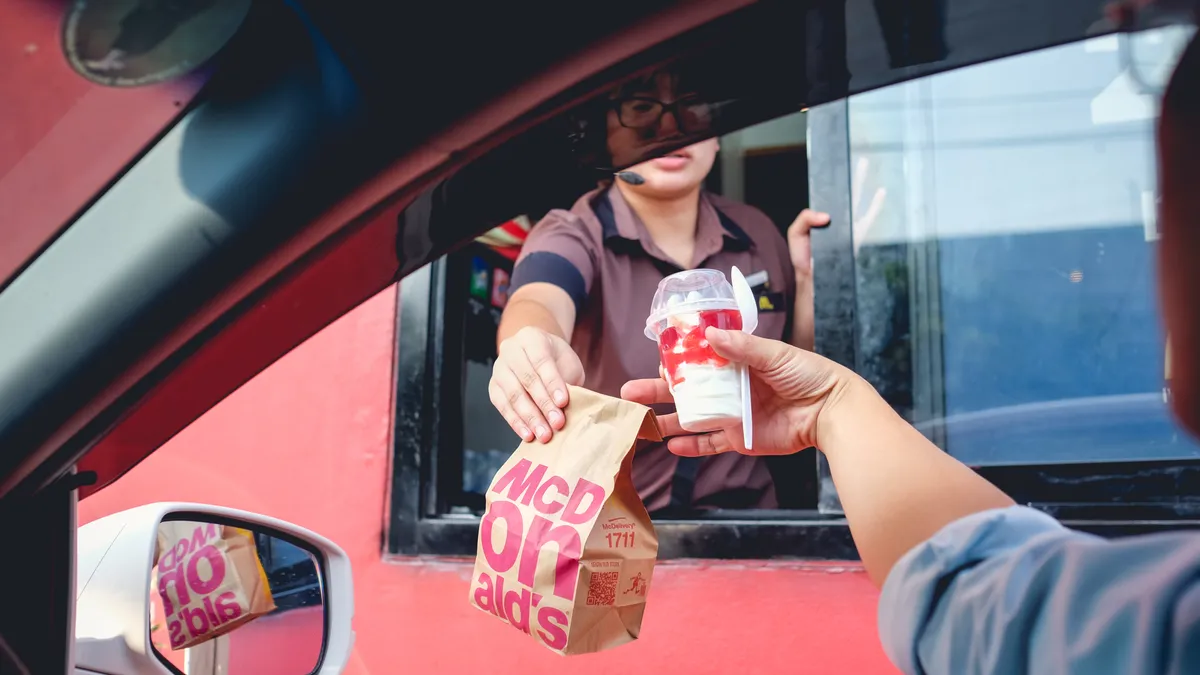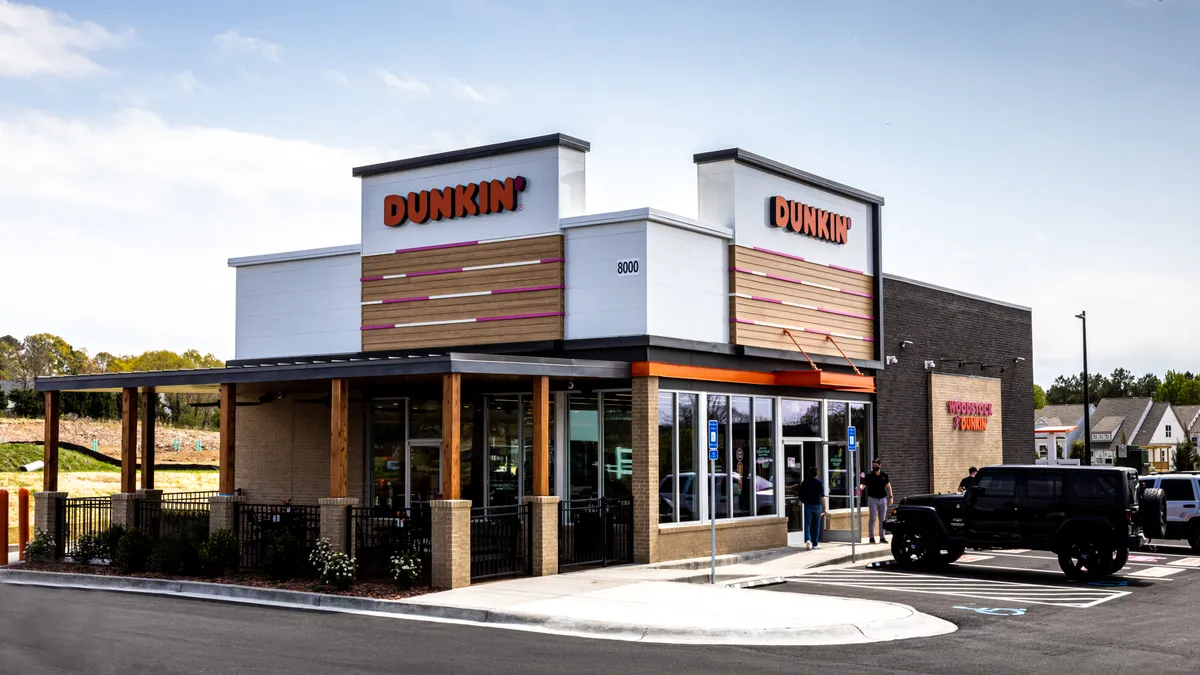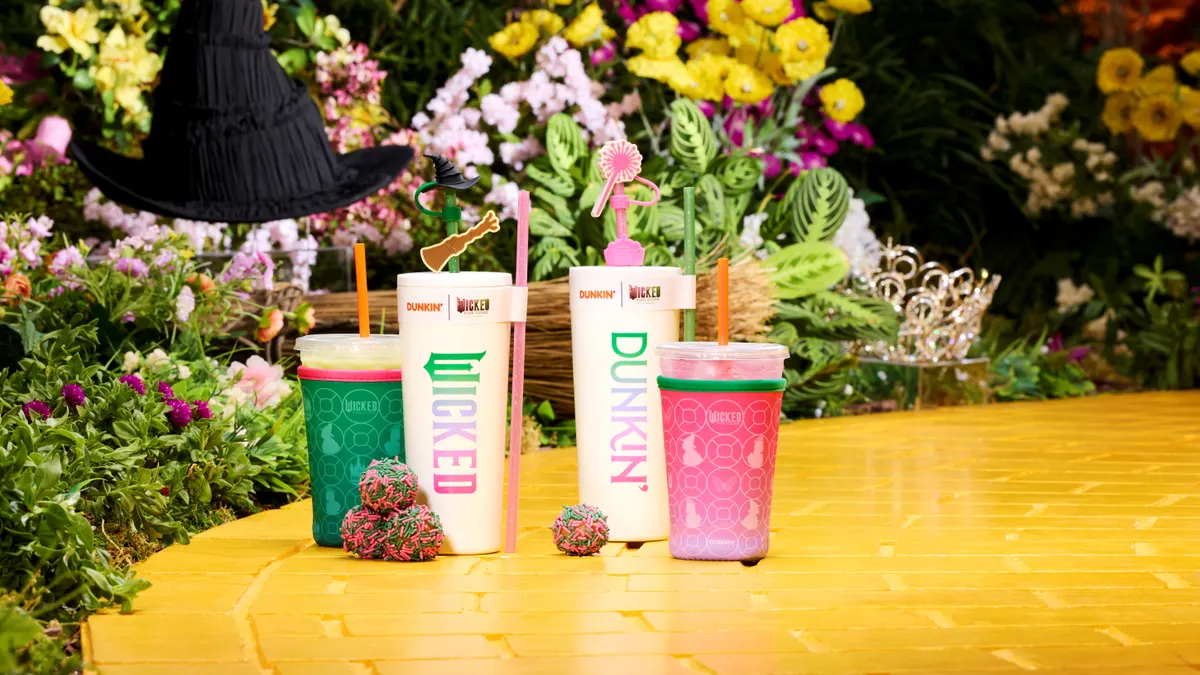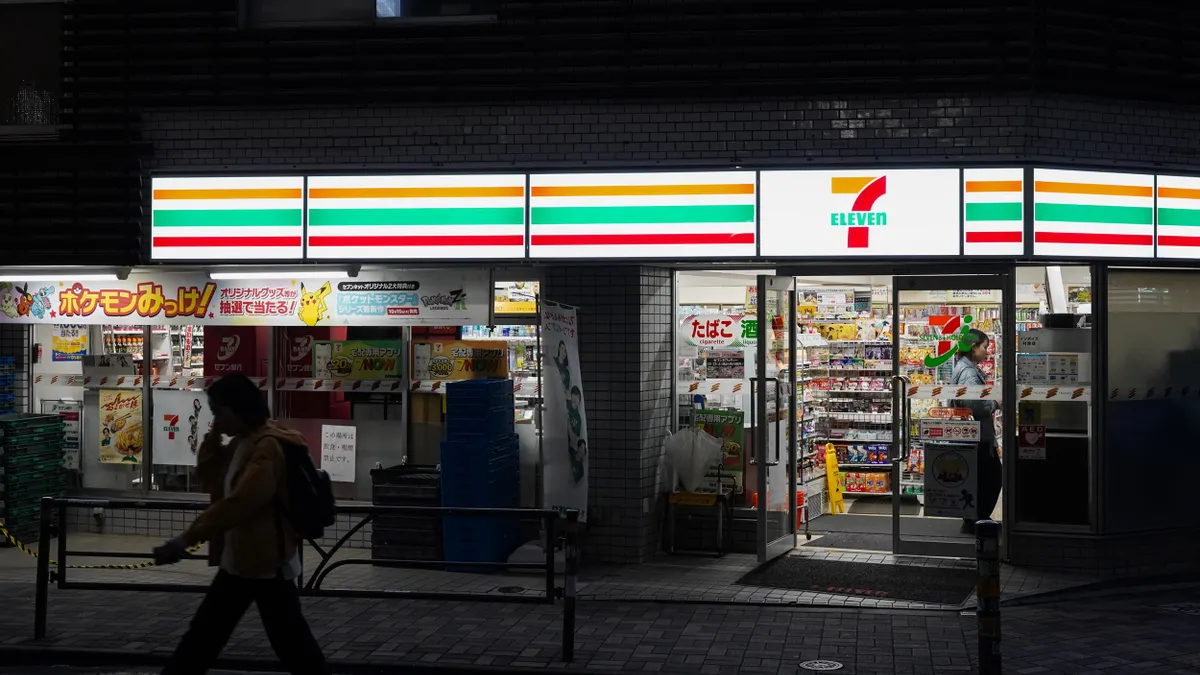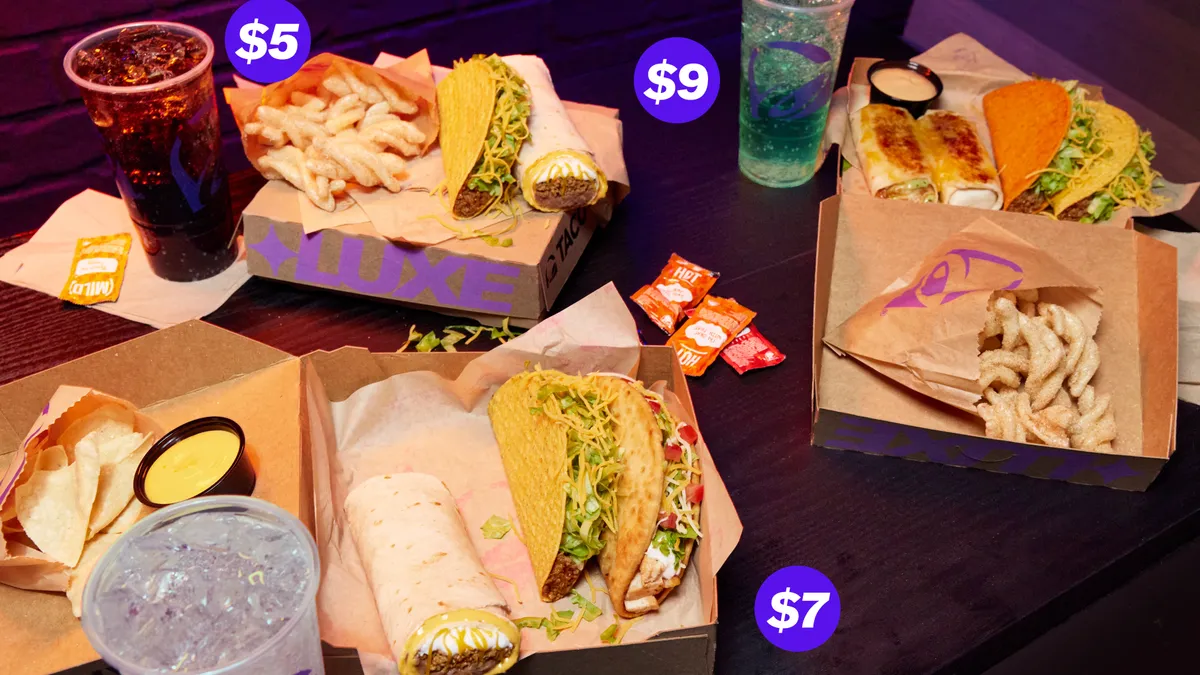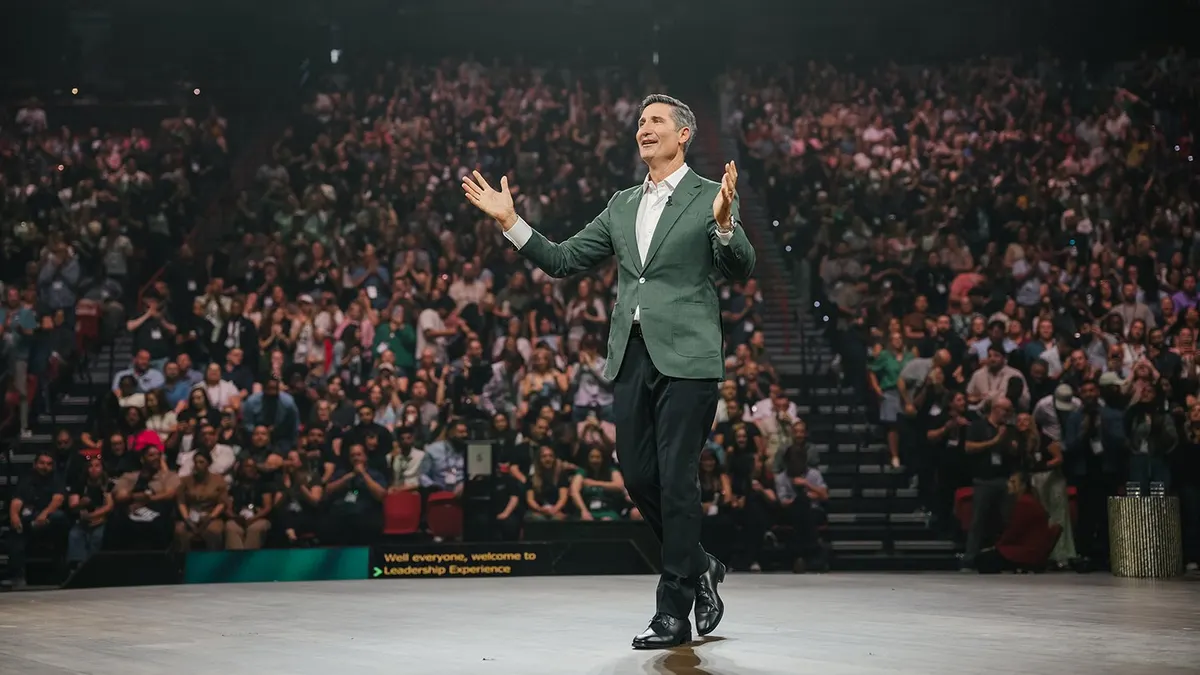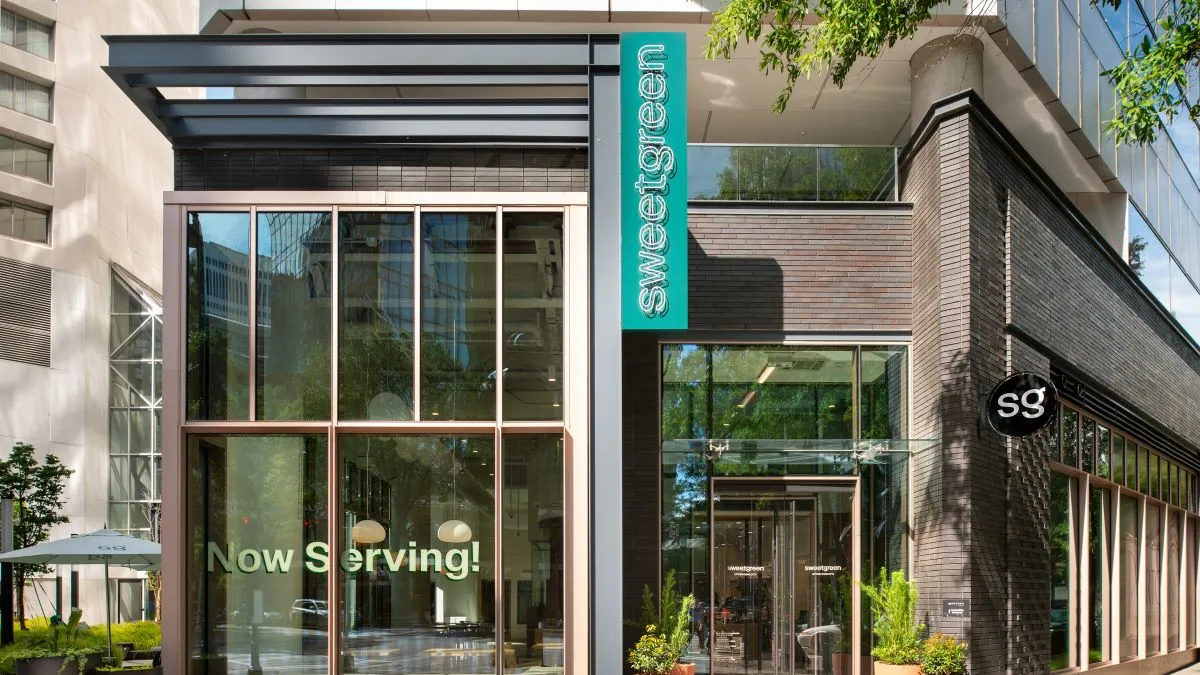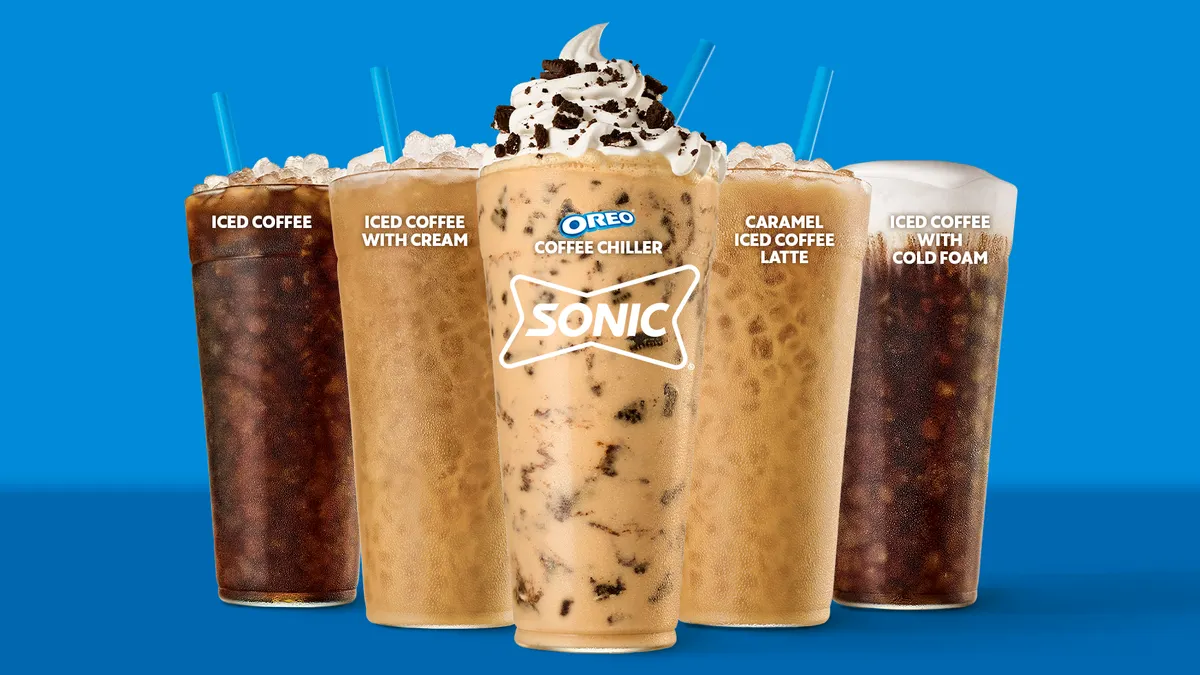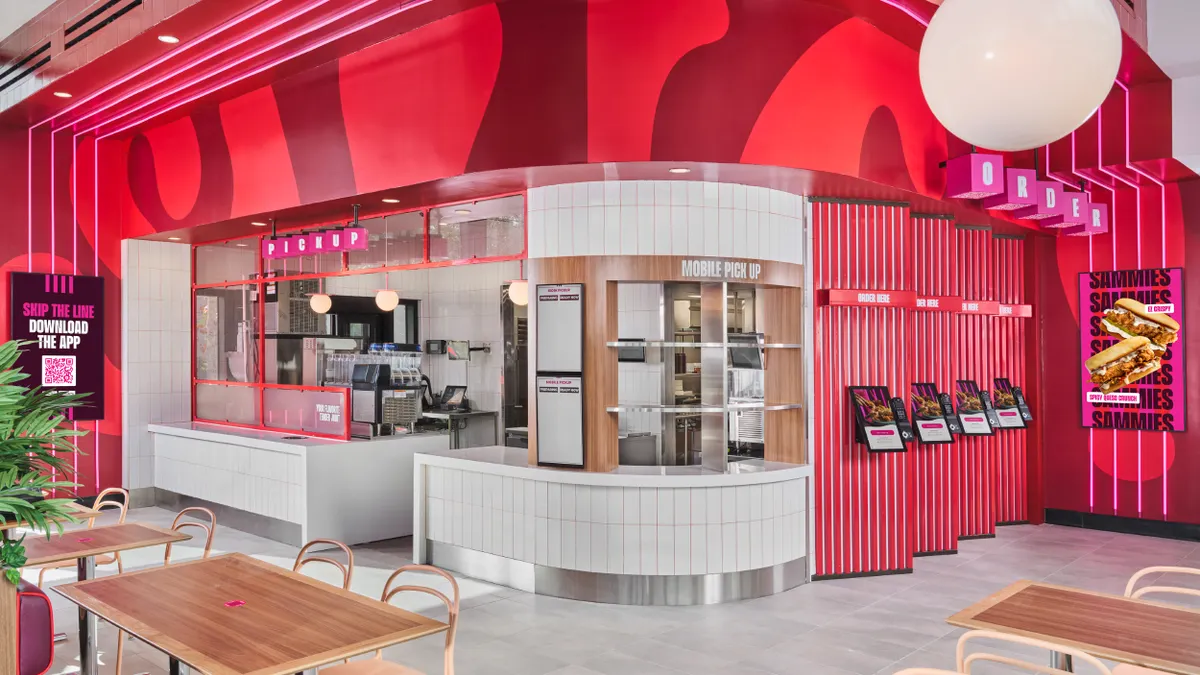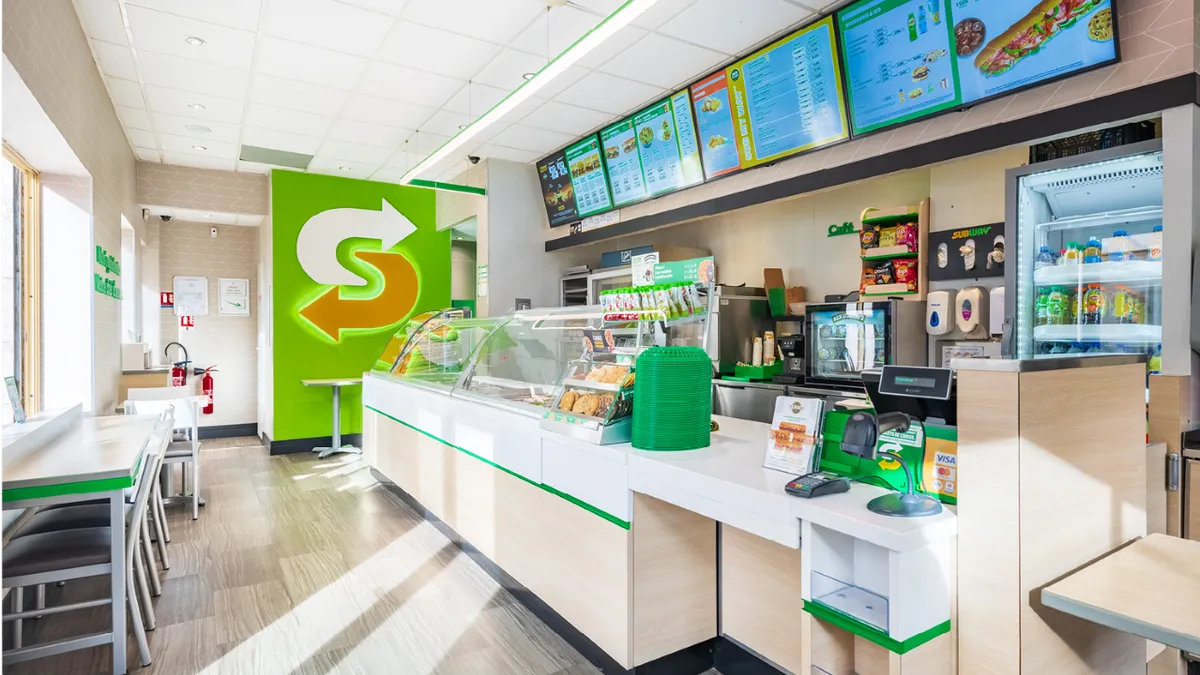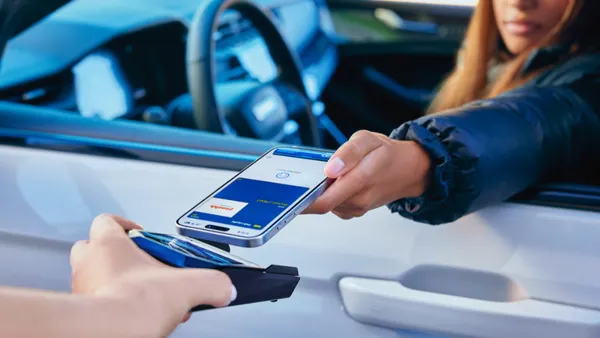When Yogurtland Director of Marketing Brittany Knollmiller joined the chain in 2020, she helped push the frozen yogurt brand toward digital-centric innovation. Eventually, the company overhauled its loyalty program and launched online ordering and a new app. All of these changes have helped the chain grow significantly.
“We’ve driven about three consecutive years of double-digit [same-store sales] growth for the brand through some of our pivots,” Knollmiller said.
With this sales momentum, the chain is expanding rapidly and attracting more development commitments from new and existing franchisees. This is in contrast to previous years when it closed nearly 60 locations from 2020 to 2022 — the bulk of which occurred in 2020 during the pandemic, according to its franchise disclosure document. Even though its store count declined, revenue rose 22% to $12 million in 2022 compared to $9.8 million 2021. By the end of 2022, it had 209 stores open in the U.S., but was still focused on growth.
This year, the chain expects to open 25 to 30 stores, Chuck Ballard, Yogurtland’s head of franchise development, wrote in an email. There are currently two stores in construction and 13 in the pipeline for California. Yogurtland also has seven stores in the pipeline for Texas and two for Arizona, he said.
Yogurtland ended 2024 with over 220 locations worldwide, according to a January press release emailed to Restaurant Dive. Its target areas include Texas, Northern and Southern California, Arizona, Utah, Colorado, New Jersey and Pennsylvania, and the brand requires a three-store minimum for franchisees. Existing franchisees are also planning to add more locations. One franchisee, Paul Gill in Los Angeles County, said he will expand from 16 units to 24 in the next four years, for example.
“Yogurtland is just a happy place, and it is very in tune with their customers which keeps them returning with its rewards programs, rotating flavors and social media presence,” Gill said.
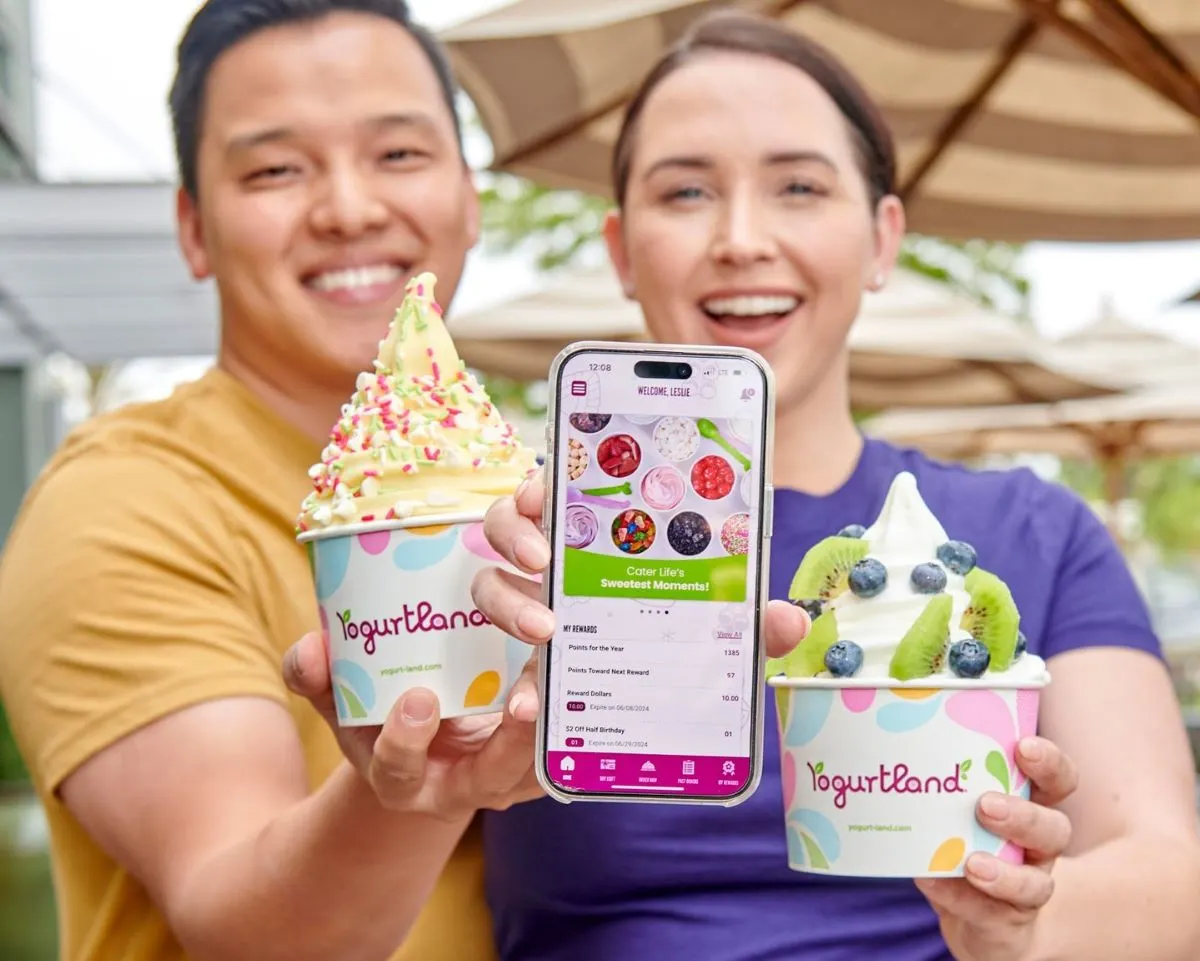
How a digital focus helped drive sales
Knollmiller initially completed a full analysis of the chain to understand what was working, what was missing and where the gaps were in the company’s strategy. She noticed there was an opportunity to grow digital sales and subsequently helped to ramp up the chain’s digital capabilities. The company already had third-party delivery, but didn’t have a robust loyalty program. The chain pushed out online ordering, a new app and more robust loyalty program in 2021.
“We have doubled-down on digital across the board and strengthened our e-commerce channels in the process,” Knollmiller said, adding that the chain’s budget and ad spend is almost entirely on digital.
Knollmiller said the company now has a better understanding of how online customers and in-store guests differ. Where online customers want to fulfill a craving, in-store guests are looking for an experience, especially since these guests are creating their own frozen yogurt treats.
Features of its current Real Rewards program include earning two points for every dollar spent, a $5 reward for every 100 points earned, a birthday treat, three rewards tiers and 50 points for joining.
Loyalty membership has grown 18.4% since 2022 and loyalty members have spent more than non-members. From October 2023 to October 2024, loyalty members spent $5.6 million more than consumers outside the loyalty program. Loyalty spend increased nearly 30% from $19.1 million to $24.7 million during that time frame, Knollmiller said. Traffic also increased among loyalty members, growing 23% to 1.6 million visits in 2024 from 1.3 million in 2023.
“Yogurtland’s loyalty program is performing very strongly, with growth across enrollments, visits, and spending,” Knollmiller said.
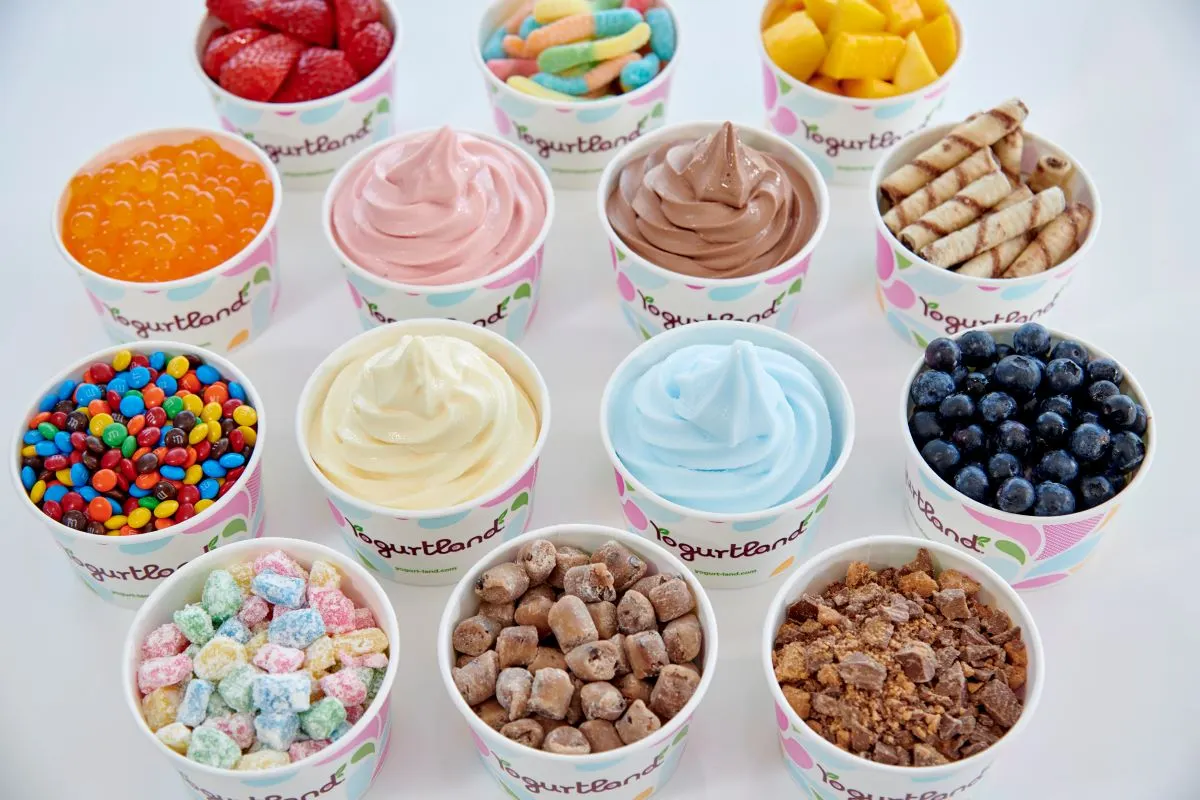
How the brand continues to stay relevant
Part of Yogurtland’s marketing strategy has been to remain top of mind for its target audience, which largely consists of millennial moms and Gen Z consumers, especially as frozen yogurt regains popularity.
“There’s been a resurgence in frozen yogurt, especially after the pandemic,” she said. “We need to be relevant and timely with trends as well.”
That means keeping up on flavors and what is coming up, what flavor trends look like seasonally and for holidays and developing based on that research, Knollmiller said.
Her team constantly takes from past campaigns to grow and expand and create new opportunities. One of its most successful campaigns occurred last year after it took a risk partnering with a relatively unknown music artist Laufey in its first artist-inspired promotion. That campaign included an exclusive flavor: Laufberry, a strawberry-flavored frozen yogurt inspired by the TikTok jazz artist.
Customers responded positively to the campaign, and the company plans to do other collaborations this year, Knollmiller said. The promotion also taught the chain that Gen Z should not be ignored and will be a key target this year and beyond in addition to millennial moms, she said.
“Part of it is knowing your audience, knowing what’s on trend, knowing that it’s relevant,” Knollmiller said. “This worked out really nicely. We need to take a little bit more of a chance on some things.”
Yogurtland stays on trend with its flavors by balancing its core favorites, like plain tart, mango, chocolate, strawberry and rocket pop, with seasonal flavors. To determine rotating flavors, Yogurtland does pulse checks on its target audience, pulls consumer insights from various surveys, including of its most loyal customers in its rewards program, constantly asks for input and feedback, and keeps tabs on social media.
“I think you have to hear from your guests and they’re going to tell you what they want,” Knollmiller said. “A lot of it is your gut as well, your intuition on what that next hit is going to be. I can say these consumer insights have definitely made an impact on our flavor lineup.”
Some of its recent, successful LTOs have been pumpkin cheesecake and peppermint fudge brownie from November and December that sold very quickly, she said. In addition to flavors, Yogurtland works to understand what consumers want for toppings — that can change depending on time of year. Gummy candy, for example, could be swapped for heart-shaped gummies for Valentine's Day promotions.
A lot of advanced planning goes into the supply chain to ensure that ingredients for certain flavors are available. For a flavor like pumpkin cheesecake, that meant securing pumpkin puree nearly a year in advance, if not longer, especially as pumpkin flavors release earlier and earlier every year.
“You have to make sure you have enough because if you run out, you upset your guests,” she said.
Knollmiller said the company learns from each flavor and promotion and does a key performance indicator analysis on the back-end. This helps the brand to see if it needs to further optimize or make shifts and adjustments for the following year so “we can hopefully continue bettering our brand,” Knollmiller said.
In the years ahead, Knollmiller anticipates the brand will continue to evolve through innovations and staying on top of trends and technology. She would like to try immersive experiences and augmented reality activations in the near future, for example. There could be popups and other surprises to meet guests where they are, she said.
“I think there’s such a huge runway for Yogurtland and you’re going to see a lot of cool things coming up,” she said.



